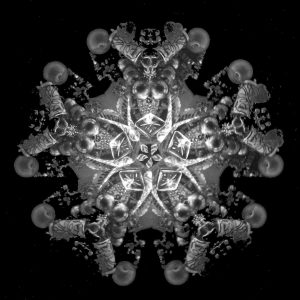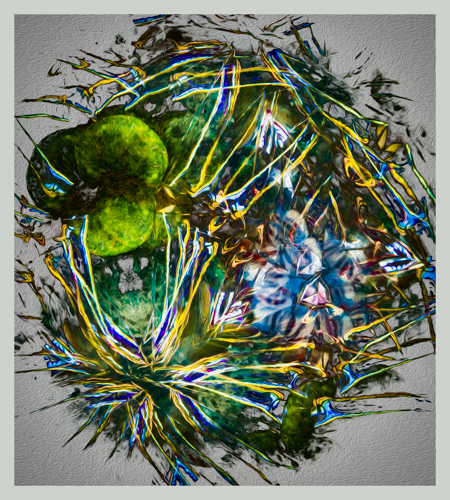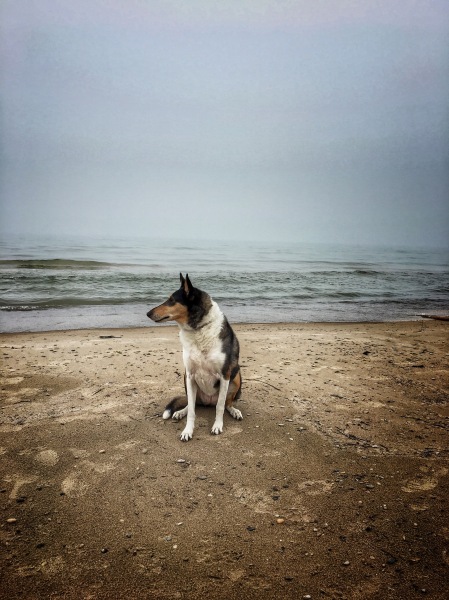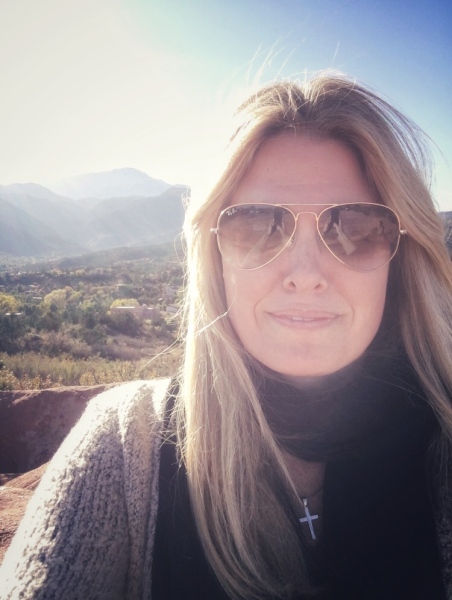“Too low they build, who build beneath the stars.”
Edward Young said that. I have no idea who he is or was but his quote resonates with me. It is an attitude that my father has impressed upon me for most of my adult life. I have ample time to reflect on my life and ask myself, Is this as good as it gets? The answer is always no. That’s when I sit down behind my inkwell and begin to draw up a list of where I am, where I desire to be, and what steps I need to take to get there.
In December I had some more note cards printed up. I really like the quality of work my supplier provides, and I especially enjoy seeing my images used in such a practical way. I can’t remember the last time I walked into a Hallmark store.
When I look around our home and see my work displayed, I am grateful for the opportunity to achieve what I have with a camera, albeit humble achievements. If ever I detect a hint of jealousy towards artists who have gone further in their endeavours, I remind myself that I set the ceiling of my photographic ambitions and reached them all. If I wanted more success, I should have set the bar higher.
When I read over journal entries from when I first began to take photographs of kaleidoscopes, I wrote that I want to create cards, but I would never want to have my work in a gallery. Don’t believe me? And I quote: “Now, there have been suggestions of going beyond this. That is, thrusting my images into the scary and subjective world of framed art. What a suggestion! Imagine walking into a gallery and seeing my work on the walls. Kaleidoscopes are intimate creations, and thus, so should they be observed.”
Wow, Carla. Well done, me, for keeping my eye on the prize and not giving up until I crossed the finish line. But just think what I might have achieved had I set my eyes a bit higher. It’s not too late. If not in photography, perhaps in something else. I must learn from this. No regrets, just, dream bigger next time, Carla.
“Ah, but a man’s reach should exceed his grasp, Or what’s a heaven for?” Robert Browning

Scope made by David Kalish.










 I don’t have a job. I have hobbies. The good news is that I’m always busy. The bad news is that I don’t make money. Take my piano playing, for example. I have played since I was seven years old. Most recently, I was using my love for making music during Communion services in our church. I loved it. We had to leave that church, however, and the church we attend now uses professional musicians, so I just play for my dog at home these days.
I don’t have a job. I have hobbies. The good news is that I’m always busy. The bad news is that I don’t make money. Take my piano playing, for example. I have played since I was seven years old. Most recently, I was using my love for making music during Communion services in our church. I loved it. We had to leave that church, however, and the church we attend now uses professional musicians, so I just play for my dog at home these days.








 When I first started thinking about how best to present my photography, my mind always went “small”. The reason for this is simple. One has to squint to peer inside a pea-sized opening in order to see the array of colours within a kaleidoscope chamber. It’s an intimate viewing, seen only by the person holding the scope, and if the objects are in an oil cell, the cell’s precise beauty can never be experienced again because by the time the viewer passes the scope off to the person beside them, the objects have rearranged themselves. So when I first started framing my images, the presentation of my mandala images was with square 4″x 4″ frames. Once I started focusing on the full-frame images from three-mirrored scopes, I wanted to see what would happen if I went larger.
When I first started thinking about how best to present my photography, my mind always went “small”. The reason for this is simple. One has to squint to peer inside a pea-sized opening in order to see the array of colours within a kaleidoscope chamber. It’s an intimate viewing, seen only by the person holding the scope, and if the objects are in an oil cell, the cell’s precise beauty can never be experienced again because by the time the viewer passes the scope off to the person beside them, the objects have rearranged themselves. So when I first started framing my images, the presentation of my mandala images was with square 4″x 4″ frames. Once I started focusing on the full-frame images from three-mirrored scopes, I wanted to see what would happen if I went larger.